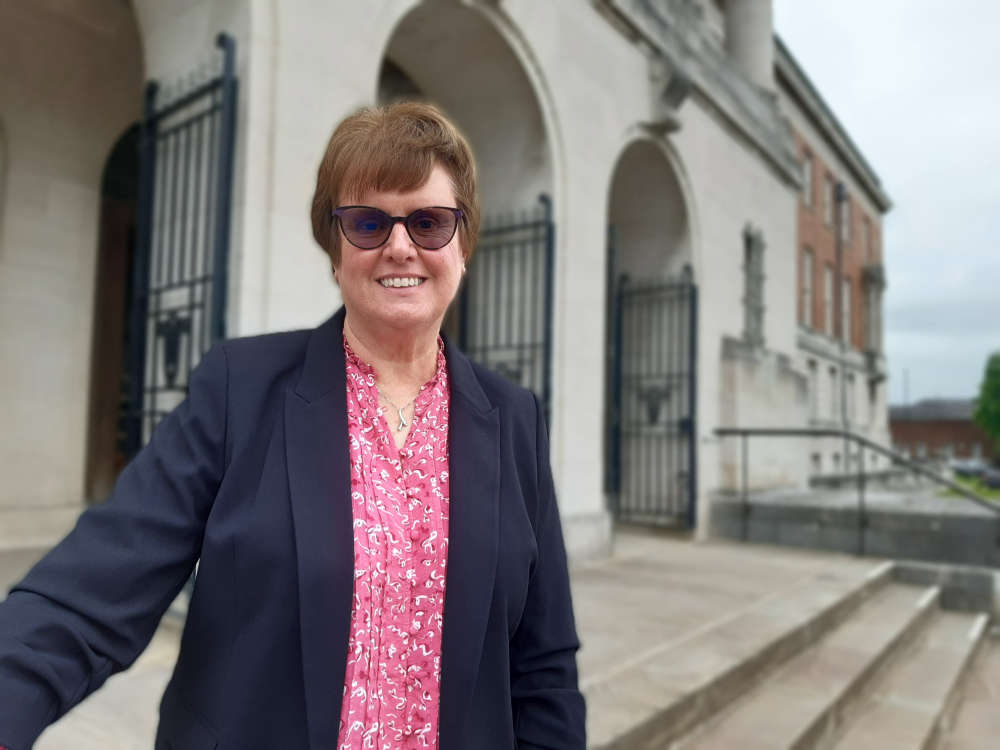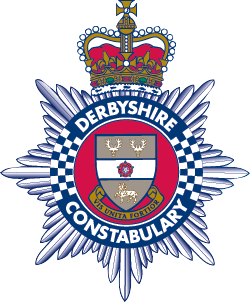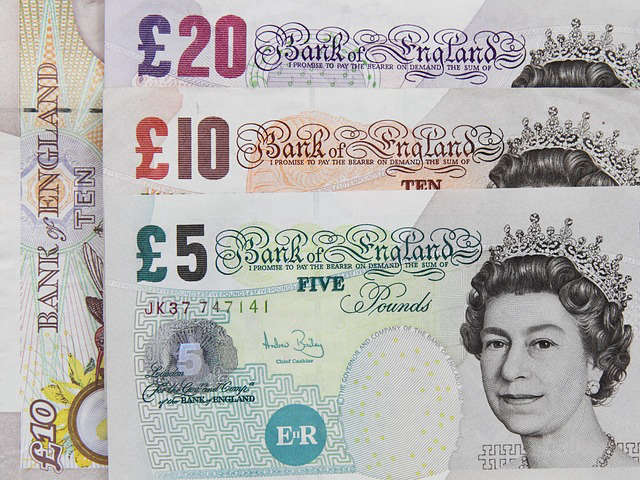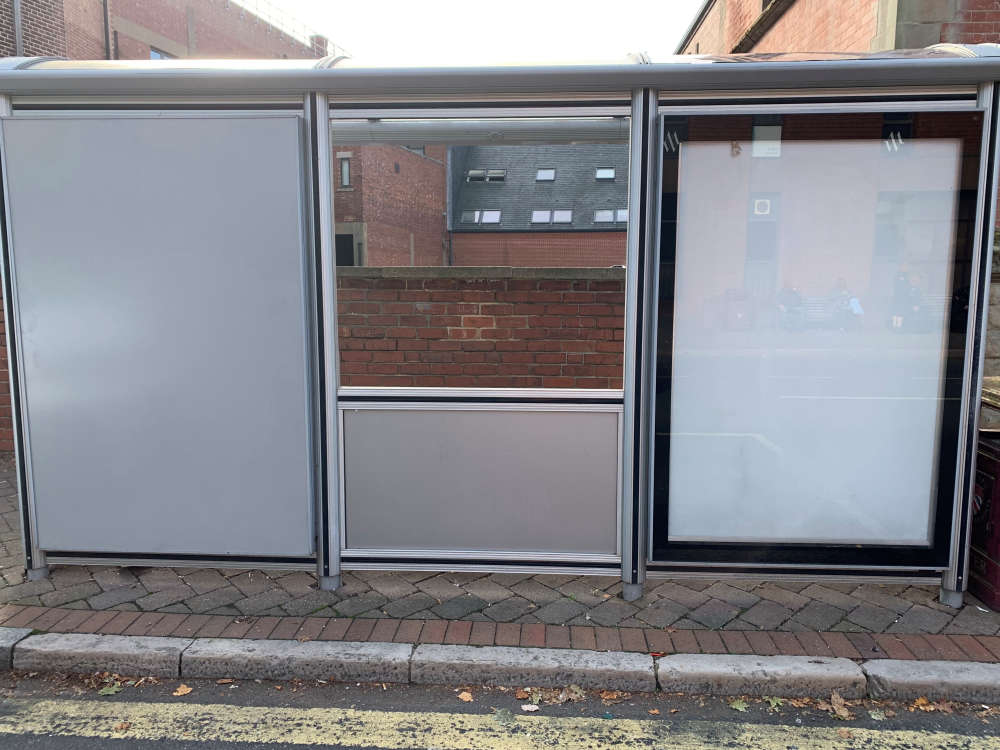
Derbyshire’s district and borough councils are continuing with their bid to establish a two-layer unitary authority with a north and south split under reorganisation plans for Local Government as residents are soon to be invited to air their own views for consideration.
The Labour Government’s Local Government Reorganisation White Paper proposals include potentially setting up single, unitary authorities across England with an elected mayor in counties by merging or scrapping councils in two-tier authority areas like Derbyshire that operate county, and then district and borough councils.
But the county’s eight district and borough councils together with Derby City Council have jointly proposed for the Government to implement a new system with two separate north and south councils contrary to Derbyshire County Council’s previously outlined preference for a single unitary council.
The Leaders of Derbyshire’s district and borough councils, and the city council, stated: “The current structure of Local Government in Derbyshire dates back to 1974 and the way people live their lives has changed beyond recognition since then.
“Government has asked councils to work together to come up with plans which modernise and simplify council structures, so all services are run by single authorities and they’re easier for people, communities and businesses to deal with.
“Our proposal recognises that Derbyshire is a large county with differing needs – and in considering the options, we’ve put local people and places first.
“With one council covering southern Derbyshire and one covering northern Derbyshire, we believe we will have councils that are big enough to deliver efficient services, but close enough to listen and respond to the needs of our communities.
“We know local identity – at both a county and area level – is really important to people. The proposal for two councils will maintain our county’s historic border, including the city of Derby, which is a key centre of economic growth. And although the council boundaries will no longer exist in the way they do now, our communities and places will remain – that sense of belonging is about the people who make up a community, not lines on a map.
“We now want to hear from people and organisations across our communities. This is your chance to help shape how services will be delivered in your local area, and how your place fits into the wider plans for Derbyshire.”
These eight councils and the city council have argued that one Unitary Authority for Derbyshire will not work because of the size of the county but a two layer north and south council operation will better maintain the historic areas of the county and provide better opportunities to work in partnerships especially with EMCCA.
They have also argued one, single unitary authority would create an inefficient delivery of services, would stifle economic and housing growth and create a disparity between Derbyshire and Derby in terms of population and tax base.
Under their ‘One Derbyshire, two councils’ proposal three possible options are being presented by the eight district and borough councils and the city council for how the area currently covered by Amber Valley Borough Council could be included in the new structure.
These three options include placing Amber Valley Borough Council entirely in the northern council, or entirely in the southern council, or to accommodate different parishes joining each of the two councils depending on where they may best fit.
Option one features a northern council including Amber Valley, Derbyshire Dales, High Peak, Chesterfield, Bolsover, North East Derbyshire with a 584,000 population, and a southern council featuring Derby City, South Derbyshire and Erewash with a 494,000 population.
Option two features a northern council with High Peak, Derbyshire Dales, North East Derbyshire, Chesterfield, Bolsover and a 456,000 population, and a southern council with South Derbyshire, Erewash, Amber Valley, Derby City with a population of 622,000.
Option three includes a northern council with High Peak, Derbyshire Dales, North East Derbyshire, Chesterfield, Bolsover, and parishes of Amber Valley with a population of 567,000. The included parishes of Amber Valley would feature: Shipley, Heanor and Loscoe; Denby; Kilburn; Belper; Hazelwood; Shottle and Postern; Idridgehay and Alton; Ashleyhay; Alderwasley; Ripley; Codnor; Aldercar and Langley Mill; Ironville; Riddings; Somercotes; Alfreton; Swanwick; Pentrich; South Wingfield; Crich; Dethick; And Lea, and Holloway.
And a southern council, under option three would feature Derby City, Erewash, South Derbyshire, parishes of Amber Valley with a 511,000 population joined by the following parishes of Amber Valley: Kirk Langley; Mackworth; Kedleston; Ravensdale Park; Weston Underwood; Quarndon; Turnditch and Windley; Duffield; Holbrook; Horsley; Horsley Woodhouse; And Smalley, Mapperley.
The former Conservative-controlled Derbyshire County Council administration previously approved its LGR report proposal, before Reform took control of the council after the May election, for the county council to adopt a proactive approach while working with other councils to approve only one, single unitary council as its preferred option.
Derbyshire County Council’s current Reform-controlled authority has been asked for its position on the Labour Government’s LGR plans but at the time of publication the authority had not yet responded.
However, Chesterfield Borough Council’s Leader, Cllr Tricia Gilby, has argued the options under the ‘One Derbyshire, two councils’ system maintain the historic areas of Derbyshire and provide an opportunity to work in partnership with others with the right size and allow for continued engagement with the newly-formed East Midlands Combined County Authority.
She added that the former Derbyshire County Council administration’s previous proposal for a single unitary council under LGR excluding Derby City Council is not the right approach because of its scale with a population of over 800,000 people and size of the county.
The eight Derbyshire district and borough councils have also argued the county council’s plans would create a ‘doughnut effect’ around Derby city leading to inefficient delivery of services, stifling economic and housing growth and creating a significant disparity between Derbyshire and Derby in terms of population and taxbase.
Cllr Gilby also believes devolution can be a good thing highlighting how the new East Midlands Combined County Authority has already seen millions of pounds earmarked for regeneration and economic growth.
The Government has argued that LGR plans will include elected mayors with more powers on planning and transport, and that the changes will create savings, create greater efficiency, improve public services, and support economic growth.
But critics are concerned about the loss of district and borough councils, a risk of greater Government control, the removal of local decision-making, tax increases, powers being taken away from communities and some also doubt the plans will create savings.
Residents and organisations across Derbyshire are now being asked for their views about the ‘One Derbyshire, two councils’ proposal as part of a public consultation running until August 10th.
The consultation will seek the views of residents, businesses, community representations and public sector partners particularly those in Amber Valley which may be placed in either the proposed northern or southern unitary council.
Derbyshire County Council currently provides services like social care for children and adults, education and transport, while district and borough councils are currently responsible for services such as bin collections, planning, and leisure centres and Derby City Council provides all of these council services for its communities.
Under the ‘One Derbyshire, two councils’ proposal, two new councils would be created, each responsible for delivering all services in their local area – one in the north and one in the south.
Early forecasts suggest that a new structure of Local Government in Derbyshire could save between £56m and £93m over five years, through reduced duplication of services, fewer council buildings, fewer councillors and senior officers, and being able to achieve better economies of scale when buying and delivering services.
However, at this stage the district, borough and city councils have stated they are cautious and careful in relation to financial projections, as there remains much to be assessed and understood as the LGR process progresses.
The Leaders of Derbyshire’s district and borough councils, and city council, stated: “Our proposal also supports a strong Derbyshire for the future – creating councils which can develop more strategic approaches to economic development, regeneration and county-wide infrastructure, while working closely and more efficiently with the new East Midlands Mayor and East Midlands Combined County Authority, which guides large-scale investment across Derbyshire and Nottinghamshire.”
The views of people and organisations will feed into the development of final proposals which must be considered by existing councils and submitted to the Government by November 28.
The Government will review the proposals for Derbyshire, and for twenty other county areas across England, before making final decisions in the summer of 2026.
If the Government accepts the proposals for Derbyshire, elections for the new shadow authorities are expected to take place in 2027 and new councils would be expected to start to operate by April 2028.
To find out more about LGR in Derbyshire and to give views in the consultation and to take part in an online questionnaire residents can visit this link for details.
Derbyshire’s eight district and borough councils include Amber Valley Borough Council, Bolsover District Council, Chesterfield Borough Council, Derbyshire Dales District Council, Erewash Borough Council, High Peak Borough Council, North East Derbyshire District Council, and South Derbyshire District Council, as well as Derby City Council.


 Witness appeal after assault in Long Eaton
Witness appeal after assault in Long Eaton
 Warning to check notes as reports of counterfeit cash in Derbyshire
Warning to check notes as reports of counterfeit cash in Derbyshire
 Spruce up for bus shelters in Erewash
Spruce up for bus shelters in Erewash




